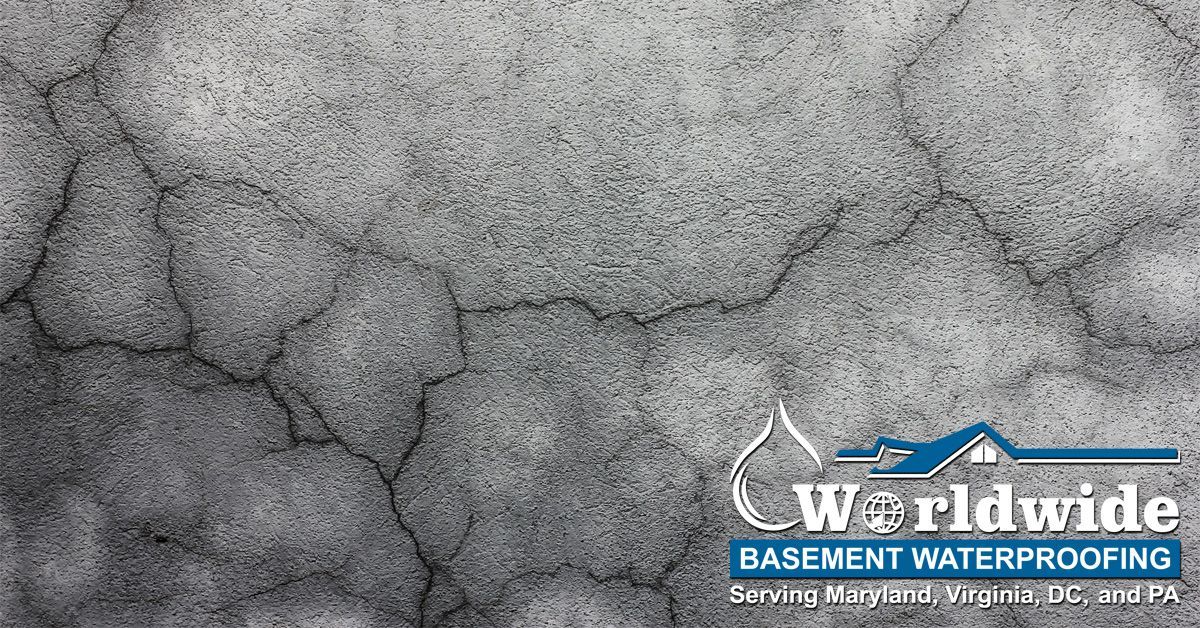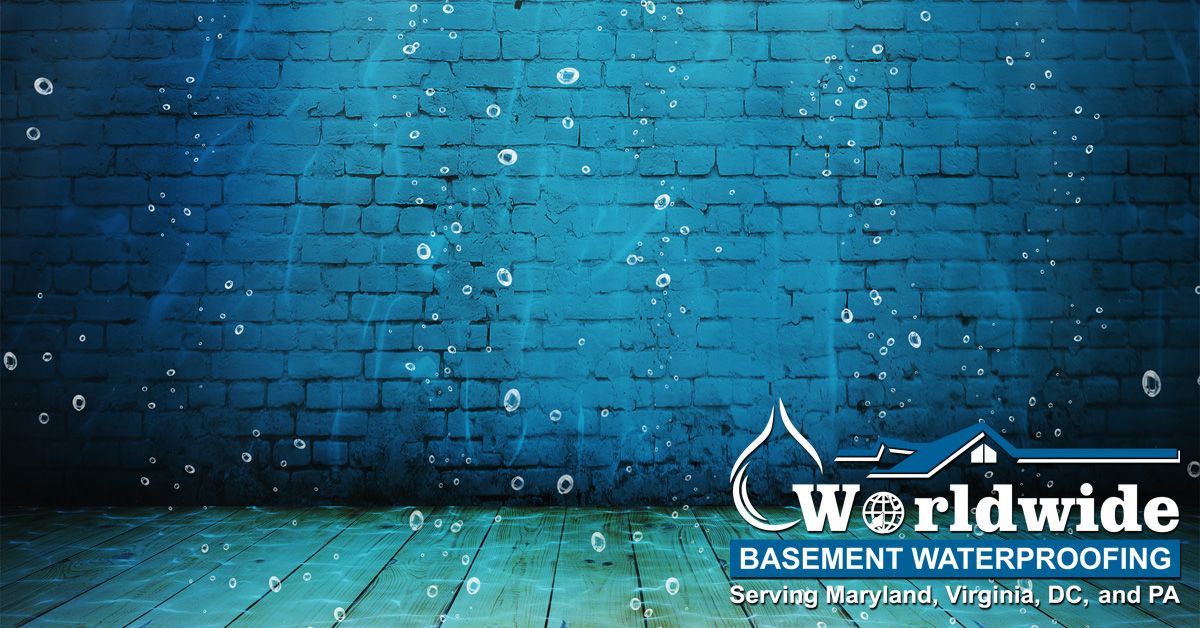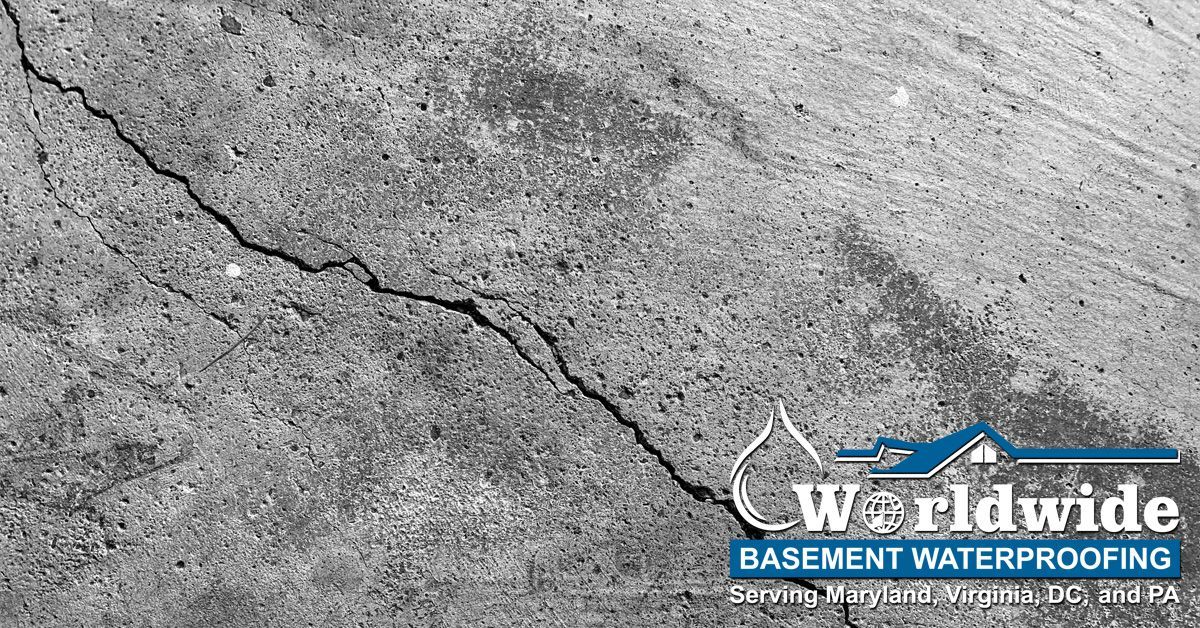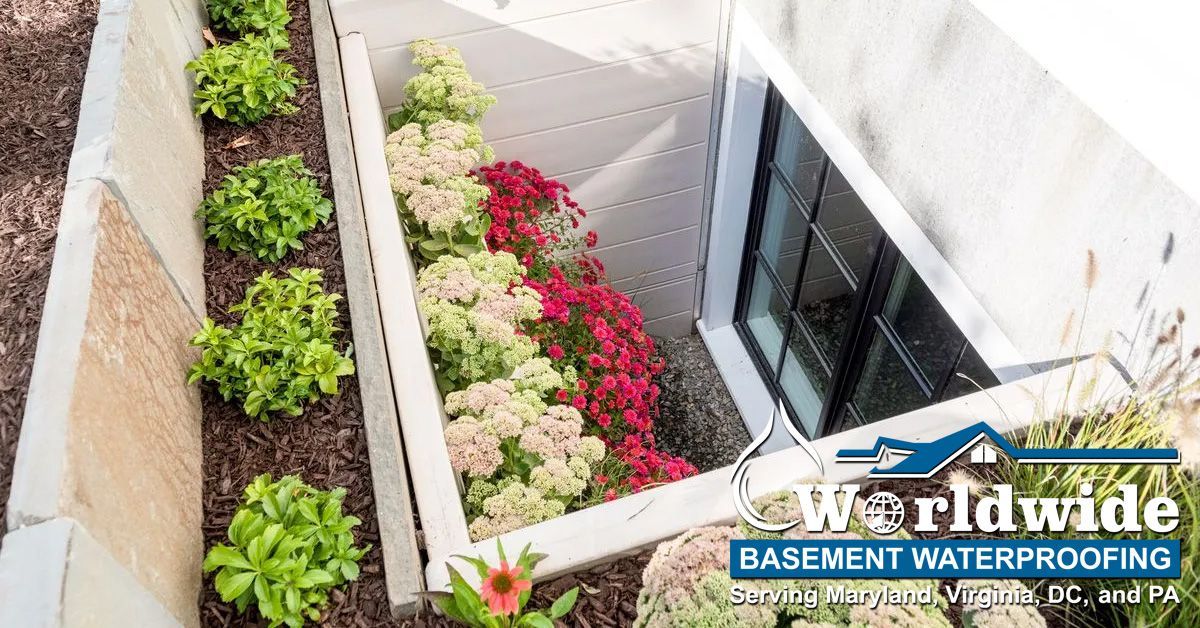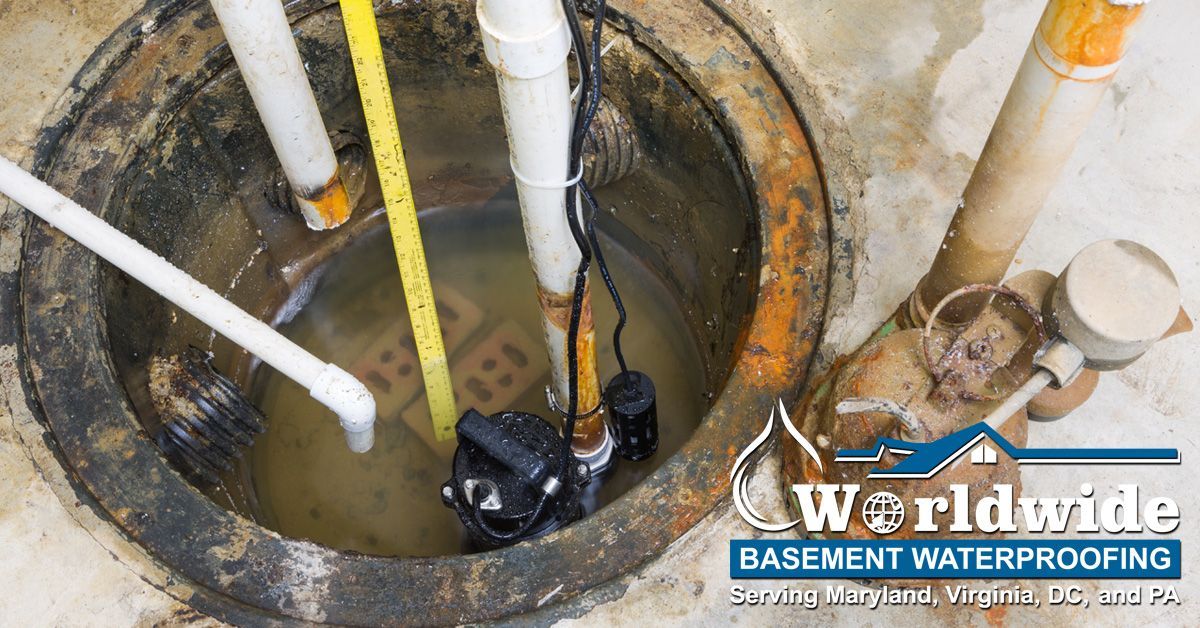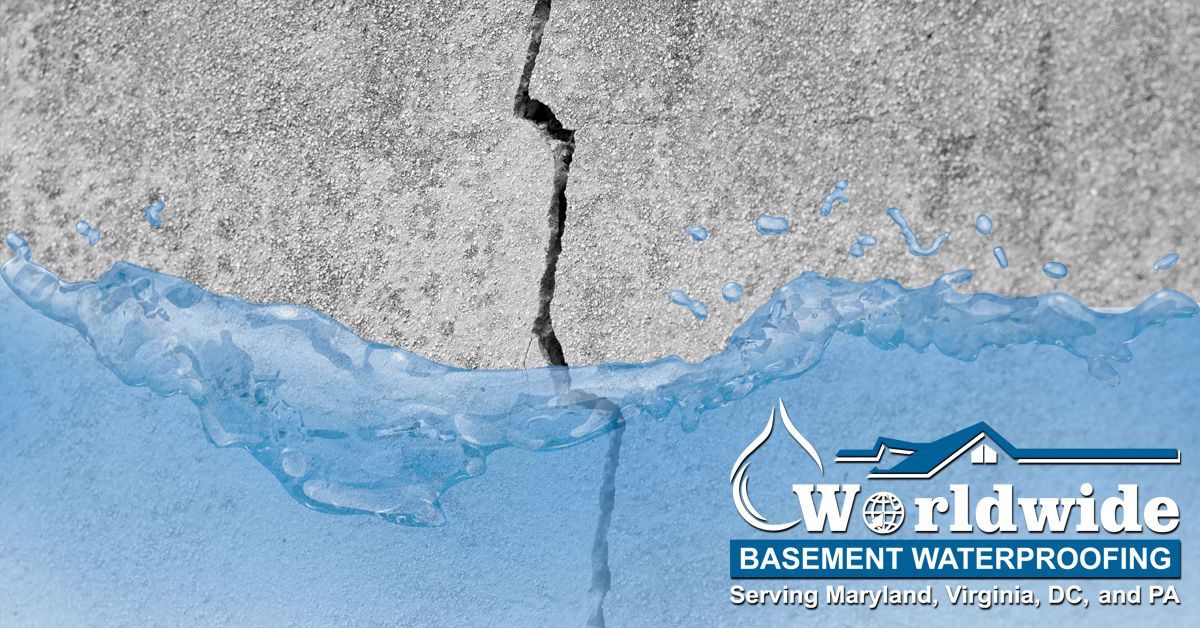Serving
Maryland, DC and Northern Virginia
Call 24/7 For Emergency Service
Northern Virginia (703) 647-2098
Wash. DC (202) 552-6662
Maryland (410) 437-0360
What Kind of Foundation Cracks Should you Worry About?
As a homeowner, we want our homes to be in pristine condition. Of course finding a crack in your foundation can be unnerving, especially because they aren’t all quick fixes. Some cracks can be representative of major issues with your home’s structural foundation, which would result in expensive repairs.
However, the truth is that not all cracks are created equal. Some are more concerning than others. Cracks do a great job at giving you clues that could shine a light on existing foundation damage in your home. Keep reading for a quick summary of the kinds of foundation cracks you will find regularly and a description of their severity.
Dealing with Vertical Cracks
Vertical cracks are the kind of cracks you will find most often, and also tend to be the least serious. Vertical cracks won’t always be a perfectly straight line, sometimes they will hit a diagonal slant at about 30 degrees.
Due to the ground always shifting, especially under the weight of homes, the foundation under houses, especially new ones can cause vertical cracks. The great thing about vertical cracks is that they are the most affordable kinds of cracks to fix through a relatively simple process. In most cases, urethane or epoxy can be administered into the crack to seal it and also give the area some flexibility so that it doesn’t reopen as the house continues settling.
Evaluating Diagonal Cracks
Other kinds of cracks you may see a lot are diagonal cracks that hit a 30 to 75-degree angle. These cracks tend to be thin for the most part and wide at one of the ends. Diagonal cracks come about due to the differential settling of a home’s foundation. This means that one end of the house’s foundation is settling to a lower level than the other side. A house may experience differential settling if it was constructed on elevated, uneven ground like a hill, or because of the contraction or expansion of soil under some parts of the house.
Diagonal cracks can be very expensive to repair because you may need to fix the source of the differential settling once the crack has been repaired. On the other hand, the solution could simply be installing brand new gutters to divert rainwater away from a portion of your property that floods regularly. The repeated build-up of water in that section could be the cause of the issue.
Watch out for Horizontal Cracks
The kinds of cracks that you really want to take seriously are sideways or horizontal cracks. These cracks can be severely damaging to your home’s structural integrity. Often found in houses that use a poured concrete foundation, they are even more common in brick or concrete block homes.
The cause of these issues can vary from the build-up of soil pressure from outside the house’s foundation to hydrostatic pressure which can result in the bowing of the walls in your basement. If you happen to come across a horizontal crack, it’s imperative that you seek professional help immediately. As previously mentioned, this kind of crack will require a large-scale repair and probably a reinforcement of your house’s foundation to make sure nothing else happens going forward.
Call Us Today!
It’s good to stay informed on the cracks your house’s foundation may experience in order to evaluate the level of damage your home may have. In the end, we recommend that all cracks you find around your house’s foundation be looked over by a professional so you can be sure your home is safe. Contact us here to set your next appointment!
Do You Need a Free Evaluation?
Worldwide is by Your Side!
Call (410) 553-5801 Today!
(or fill out the form below)
Contact Us
We will get back to you as soon as possible.
Please try again later.
Waterproofing and Foundation Repair Blog
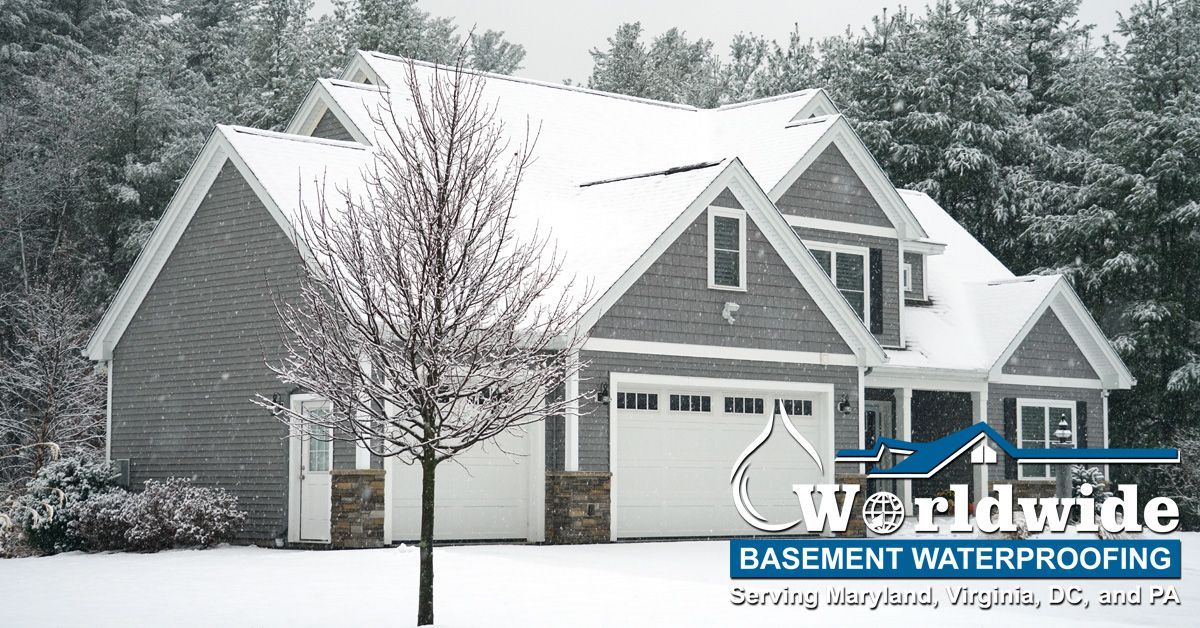
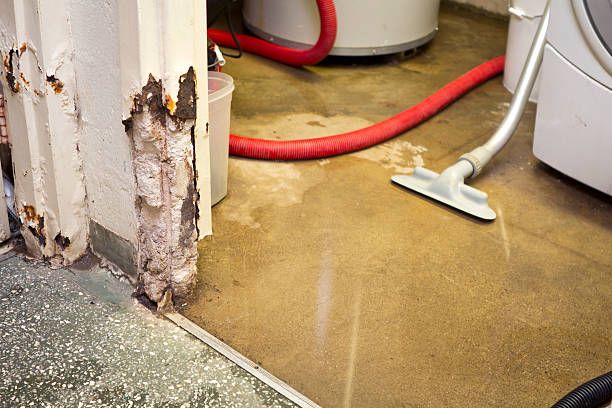
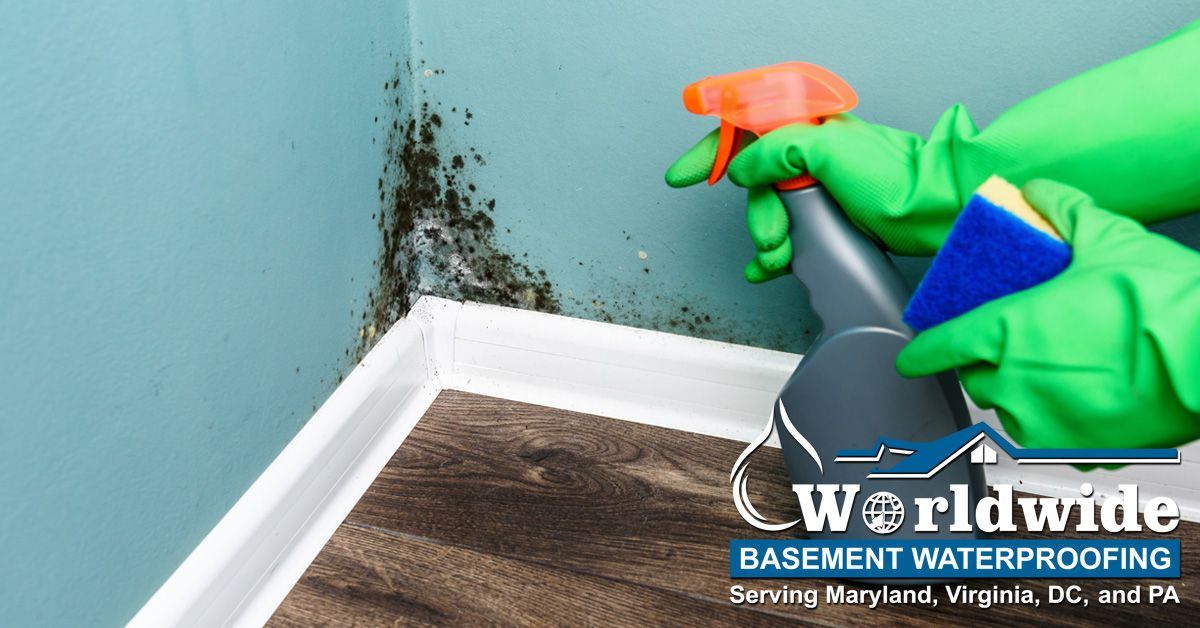

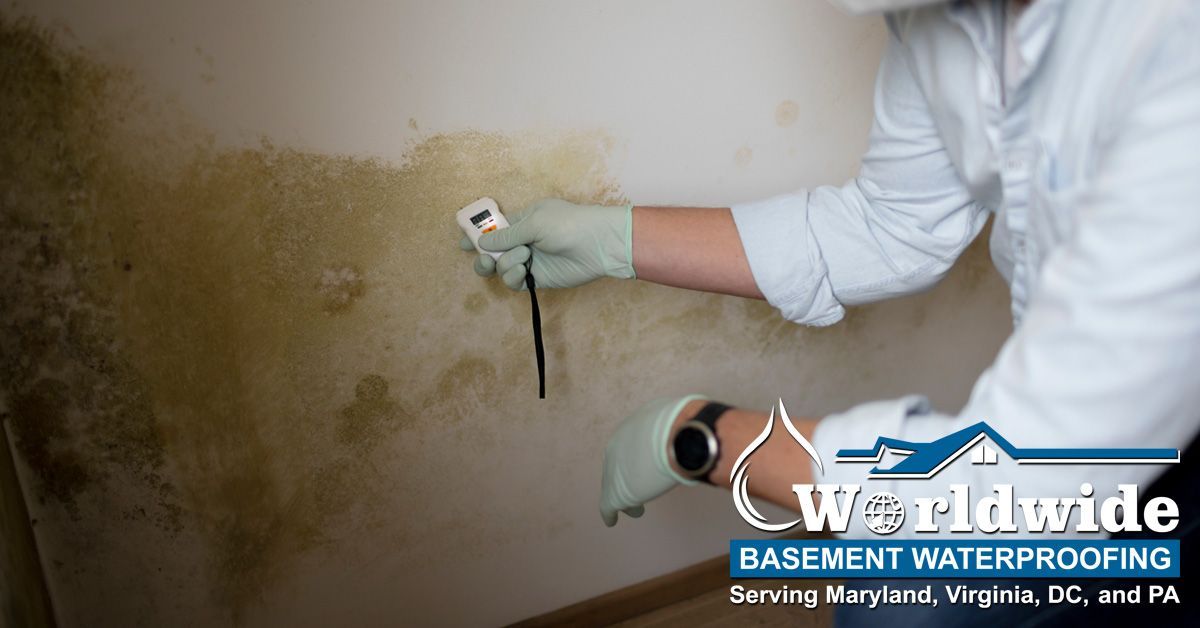
SERVING
OFFICE
HOURS
- Mon, Tue, Wed, Fri
- -
- Thursday
- -
- Saturday
- -
- Sunday
- Closed
CONTACT US
Northern Virginia (703) 647-2098
FREE ESTIMATES
Serving Maryland, Virginia, Washington DC and Pennsylvania
MHIC #96499
•
VA #2705 120358
•
DC #410517000554

